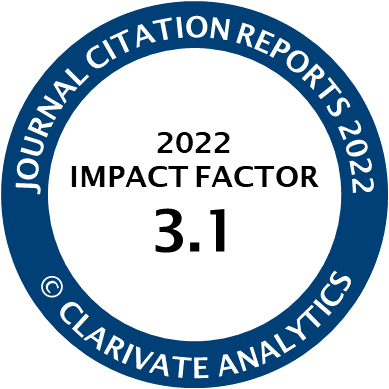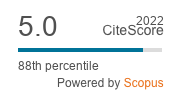Article | Open Access
Media Coverage as Mirror or Molder? An Inference-Based Framework
| Views: | 1494 | | | Downloads: | 901 |
Abstract: Many communication theories in the context of political communication are based on the premise that humans are social beings affected by their perception of what others think, do, or say. For example, the spiral of silence theory predicts that individuals publically speaking their mind on certain issues is dependent on whether they perceive their opinion to be that of the majority or minority, and that the media is a core source for gauging public opinion. Yet, communication research has produced contradictory findings regarding the relationship between media coverage, perceived public opinion, personal opinion, and behavior. We argue that these contradictory findings can be explained by different inference hypotheses that people apply when inferring the opinion and behaviors of others from media coverage. There are two competing inference hypotheses discussed in the literature: While the reflection hypothesis assumes that the audience sees media content as a mirror of what the public thinks, persuasive press inference postulates that individuals perceive media as an influence on public opinion. Drawing on different research strands such as the spiral of silence theory, hostile media, persuasive press inference, and corrective action, several propositions are put forward that link these inference hypotheses to the media coverage and its effects on individual outcomes, and potential drivers are discussed. The propositions are then put to an initial test using an existing data set.
Keywords: hostile media; inference; media effects; persuasion; persuasive press inference; public opinion; reflection; spiral of silence
Published:
© Christina Peter. This is an open access article distributed under the terms of the Creative Commons Attribution 4.0 license (http://creativecommons.org/licenses/by/4.0), which permits any use, distribution, and reproduction of the work without further permission provided the original author(s) and source are credited.




